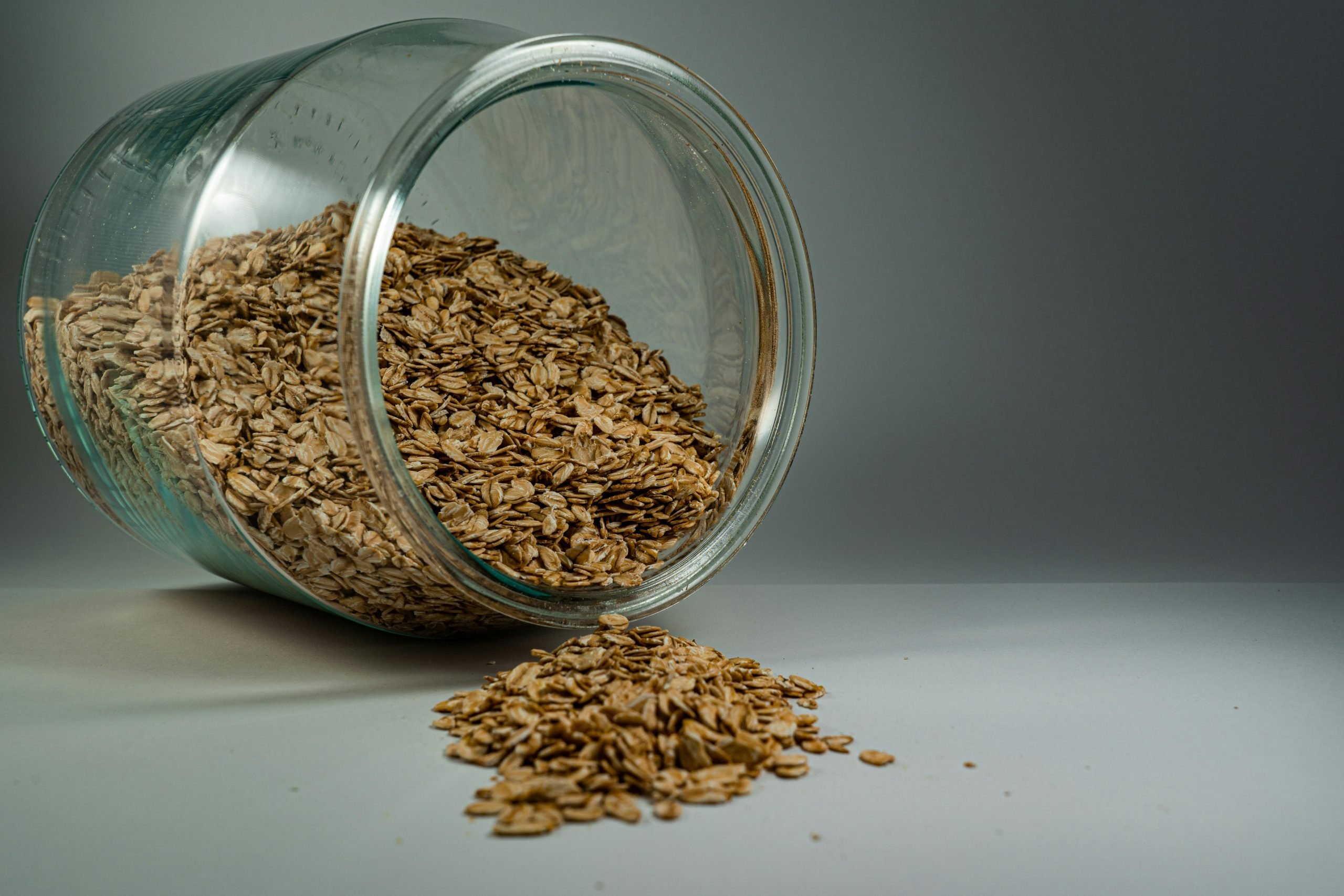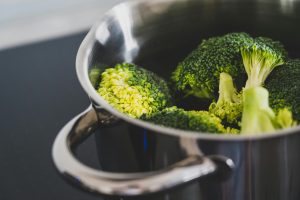Cooking for Different Climates: Adapting Recipes Around the World
Here is
Traveling to different parts of the world can be an exciting and enriching experience, especially when it comes to trying out new and delicious cuisines. However, for avid cooks and food enthusiasts, one of the common challenges when cooking in different climates is adapting recipes to suit the local environment.
Cooking in Different Climates: A Culinary Adventure
From the cold, snowy mountains of Switzerland to the tropical beaches of Thailand, each location has its unique climate and environment that often dictates the ingredients, cooking methods, and even taste preferences. As a result, it can be challenging to cook the same dish in different climates and still achieve the same desired outcome.
But fear not, with a bit of knowledge and preparation, anyone can easily adapt recipes to suit different climates and still enjoy their favorite dishes. Here are some helpful tips for cooking in different climates and adapting recipes from around the world.
Understanding the Local Ingredients
One of the key factors in adapting recipes to different climates is to have a good understanding of the local ingredients available. For example, in tropical regions, fresh fruits and vegetables are plentiful and vibrant, while in colder regions, root vegetables and preserved meats may be more commonly used.
Do some research before traveling or visiting a new place and make a list of the local ingredients commonly used. This will enable you to select recipes that can easily be adapted using the available ingredients, making your cooking experience much more enjoyable.
Adjusting Cooking Methods
Temperature, humidity, and altitude are crucial elements that impact the cooking process. For instance, high altitudes require longer cooking times due to the lower air pressure, while hot and humid climates may affect the rise of baked goods.
When cooking in different climates, it is essential to make adjustments to cooking methods accordingly. For example, in high altitudes, you may need to increase oven temperature and cooking time, while in tropical regions, reducing the amount of liquid in a recipe may help counter the humidity. Experiment and be patient until you find the right balance that works for the climate.
Playing with Spices and Seasonings
The use of spices and seasonings varies greatly from one part of the world to another, making it a significant factor when adapting recipes. For instance, in South East Asia, spicy and bold flavors are commonly used, while in Mediterranean countries, herbs such as oregano, thyme and rosemary are prevalent.
Experimenting with different spices and seasonings can be a fun and exciting way to adapt recipes to different climates. Consider using a combination of local and familiar spices to add an interesting twist to your dish.
Keeping Ingredients Fresh
In hot and humid climates, it is vital to store ingredients correctly to keep them fresh. For example, dairy products and meats should be kept in a cooler place, while grains and dry ingredients should be stored in an airtight container to prevent them from spoiling due to the humidity.
Furthermore, it is advisable to shop at local markets for fresh produce, as it is typically harvested closer to the time of consumption and can withstand the local climate better.
Be Open to Trying New Things
Lastly, when cooking in different climates, it is essential to be open to trying new things. Local cuisine often incorporates unique ingredients and cooking techniques that may be unfamiliar to the taste buds. Embrace the opportunity to expand your culinary skills and broaden your palate by trying out different dishes.
In conclusion, cooking in different climates can be both challenging and exciting. With these tips in mind, you can easily adapt recipes from around the world and enjoy delicious meals no matter where your travels take you. So, embrace the adventure and experiment with different ingredients, spices and methods – who knows, you may even create your own signature dish!









